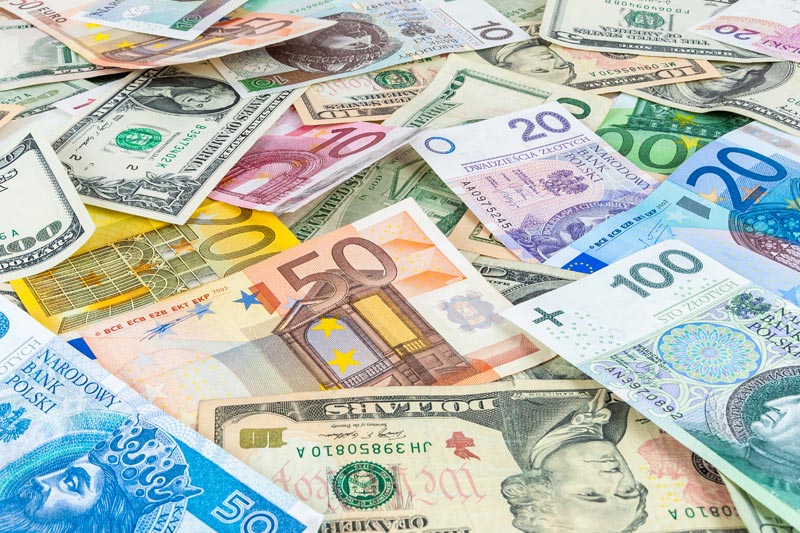Investing.com - The Australian dollar was steady against its U.S. counterpart on Thursday, trading near three-month lows despite positive Australian jobs data, as expectations the Federal Reserve could soon begin tapering its stimulus program supported the greenback.
AUD/USD hit 0.9011 during early European trade, the pair's lowest since December 6; the pair subsequently consolidated at 0.9044, down 0.05%.
The pair was likely to find support at 0.8990, the low of December 6 and resistance at 0.9118, the high of December 6.
Official data earlier showed that the number of employed people in Australia rose by 21,000 last month, exceeding expectations for a 10,000 rise, after a downwardly revised 700 decline in October.
The report also showed that Australia's unemployment rate ticked up to 5.8% in November, from 5.7% the previous month, in line with expectations.
Meanwhile, the greenback remained support as news that U.S. Congressional leaders reached an agreement on a two year budget deal was seen as increasing the likelihood that the Federal Reserve would begin to scale back its USD85 billion a month asset purchase program at next week’s policy meeting.
The Aussie was lower against the New Zealand dollar, with AUD/NZD retreating 0.39% to 1.0911.
Also Thursday, the Reserve Bank of New Zealand held its benchmark interest rate at 2.50%, in a widely expected move, but said it will start raising interest rates in the first half of next year as the economy strengthens.
"The bank will increase the official cash rate as needed in order to keep future average inflation near the 2% target midpoint," RBNZ Governor Graeme Wheeler said.
Later in the day, the U.S. was to produce data on retail sales, as well as the weekly report on initial jobless claims.
AUD/USD hit 0.9011 during early European trade, the pair's lowest since December 6; the pair subsequently consolidated at 0.9044, down 0.05%.
The pair was likely to find support at 0.8990, the low of December 6 and resistance at 0.9118, the high of December 6.
Official data earlier showed that the number of employed people in Australia rose by 21,000 last month, exceeding expectations for a 10,000 rise, after a downwardly revised 700 decline in October.
The report also showed that Australia's unemployment rate ticked up to 5.8% in November, from 5.7% the previous month, in line with expectations.
Meanwhile, the greenback remained support as news that U.S. Congressional leaders reached an agreement on a two year budget deal was seen as increasing the likelihood that the Federal Reserve would begin to scale back its USD85 billion a month asset purchase program at next week’s policy meeting.
The Aussie was lower against the New Zealand dollar, with AUD/NZD retreating 0.39% to 1.0911.
Also Thursday, the Reserve Bank of New Zealand held its benchmark interest rate at 2.50%, in a widely expected move, but said it will start raising interest rates in the first half of next year as the economy strengthens.
"The bank will increase the official cash rate as needed in order to keep future average inflation near the 2% target midpoint," RBNZ Governor Graeme Wheeler said.
Later in the day, the U.S. was to produce data on retail sales, as well as the weekly report on initial jobless claims.
